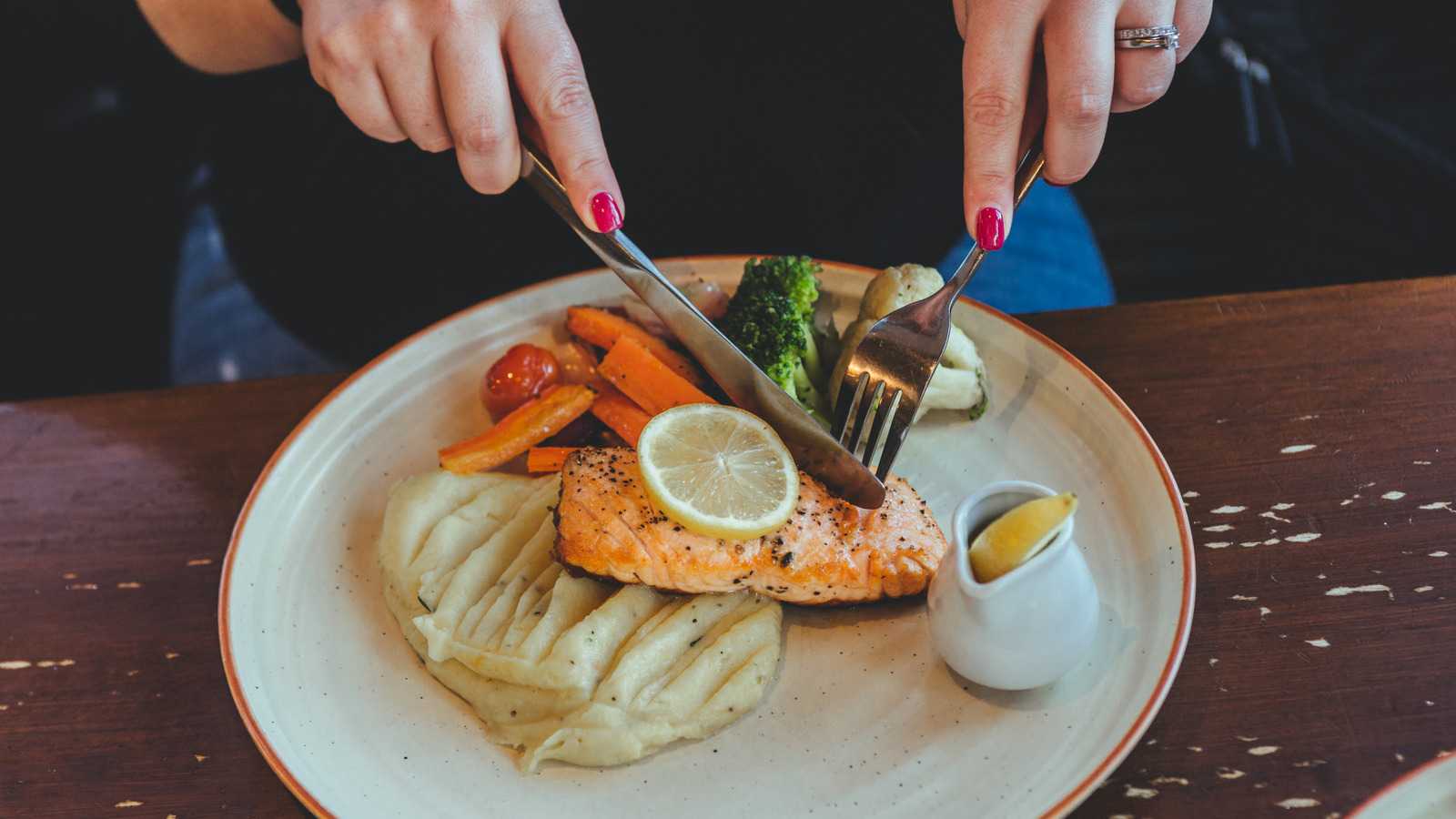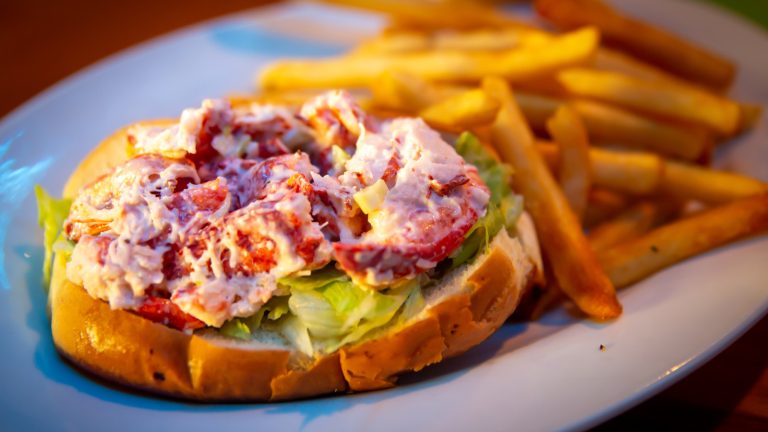Salmon is in a league of its own for those with a not-so-secret love for seafood. As one of the nation’s most treasured fish choices, it ranks as the second most consumed seafood in the country. It’s the type of fish that not only tastes good with its rich and buttery texture, but it is also extremely versatile. Whether you’re swapping your tuna sushi order for a salmon upgrade or you wish to use a garlic and honey sauce as the ultimate cheat code for a delicious salmon meal, you are unlikely to get bored experimenting with the protein. It makes sense that fish-lovers would be ready to tuck into any salmon dish when given the chance, but sometimes you’ve got to know when to turn the plate away. Even slightly undercooked salmon has no place at the table. The main reason why you’ll want to be careful about undercooked salmon comes down to the risks of food-borne sicknesses. Yikes.
When it comes to fish preparation, the Centers for Disease Control and Prevention (CDC) lists undercooked seafood as a risk. This is because there is a higher chance of bacteria and food-borne illnesses spreading in undercooked fish. The safest way to avoid food poisoning or having to manage the consequences of ingesting gut-harming bacteria is to ensure that your salmon is cooked thoroughly, leaving no part of your favorite pink fish uncooked. The CDC suggests fish should be cooked to an internal temperature of 145 degrees Fahrenheit for optimal safety. Salmon that isn’t completely cooked may expose diners to food-borne illnesses such as salmonella, norovirus, or vibriosis.
How to check if your salmon is undercooked
Even those who know their way around the kitchen may need a few pointers to avoid common mistakes when cooking salmon. Using a food thermometer at the thickest part of the fish (which is where it takes longest to cook) is one of the best ways to ensure that your fish is safe to eat. If the internal temperature reaches the recommended 145 degrees Fahrenheit and is opaque throughout, then you can get ready to plate up your salmon masterpiece. For extra measure, grab a fork to tear the salmon and peek at the middle flesh. If there are any signs of translucent or raw-like insides or if the fish is rubbery and hard to break through, then your salmon needs more time to cook.
The way your salmon looks can also indicate whether it’s cooked or needs a little more time before you can confidently serve it. When salmon is properly cooked, it will be light pink or coral-colored. Various types of salmon will have a distinct hue; for instance, farmed and wild salmon will cook slightly differently, with the latter offering a more vibrant color. No matter the type of fish you get your hands on, ensuring that it is evenly colored is an indicator worth noting. Another way to know that your salmon is ready to be served is by noticing the white stuff seeping out from the salmon when exposed to heat. The presence of albumin, the white flavorless protein, is a big tell-tale sign that your fish is cooked since albumin is not visible in raw salmon.






